For some, the pride of domestic automobile production may serve as one of the last pillars of patriotism in a globalised world. Yet many manufacturers, such as Aston Martin, Bugatti and Lamborghini, belong to international conglomerates. Furthermore, some of the most exciting cars in automotive history came about because of cross-continental collaborations, utilising expertise from different cultural backgrounds. The following vehicles from the Classic Driver Market serve to remind us of the true meaning of ‘Made in Europe’, a sign we see across the world to this day.
British and Polish technology, Italian design
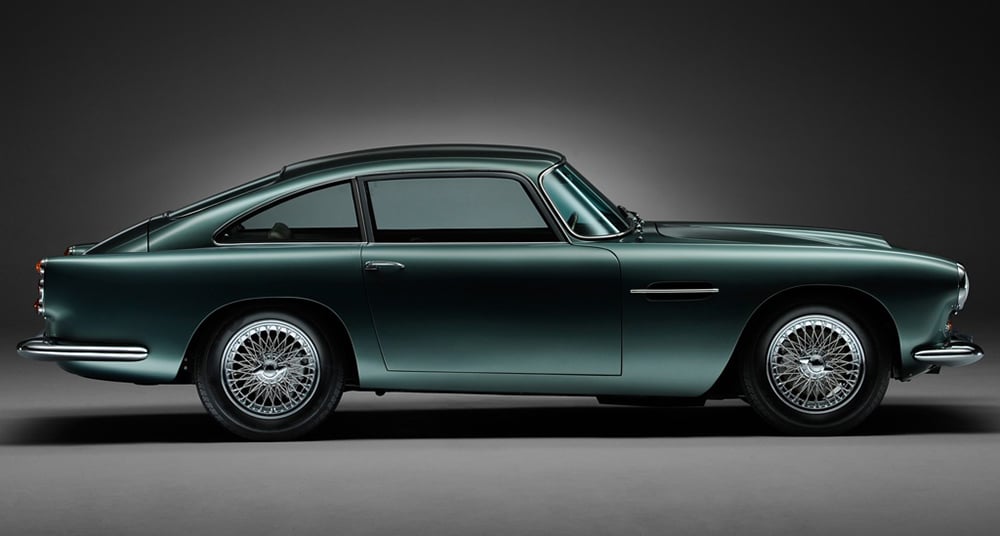

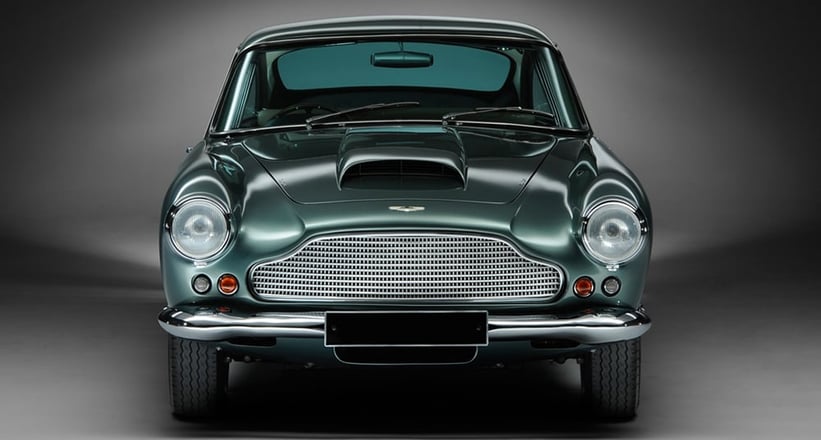
Is there a more elegant British sports car than the Aston Martin DB4? Hardly, although the label ‘Made in the UK’ only tells half the story. Its six-cylinder engine was designed by the exceptional Polish engineer Tadek Marek and, after Aston’s in-house designer Frank Feeley discarded his original study for the car, the body was entrusted to Bianchi Anderlonis. It was, of course, the Milanese Carrozzeria Touring which dressed the car in its lightweight aluminium sheets. This cross-border work helped the cosmopolitan Superleggera sports car to become the epitome of the European Grand Tourer.
French form, Italian force

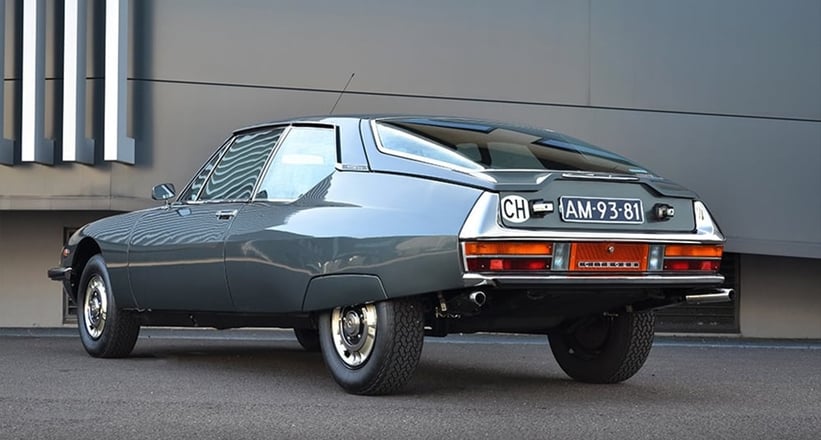

It wasn’t the design of the 1970 Citroën SM that came from Italy, rather the engine – a relatively sporty six-cylinder from Maserati, which had been absorbed by Citroën two years earlier. Due to strict vehicle taxation, virtually no high-horsepower engines were produced in France in the post-War period, thus engineers had to look beyond the border to find suitable power-plants for their sporty models. Ironically, the Maserati logo on the engine promised more drama than the comfortably sprung Citroën had to offer.
A Swede in Italian exile
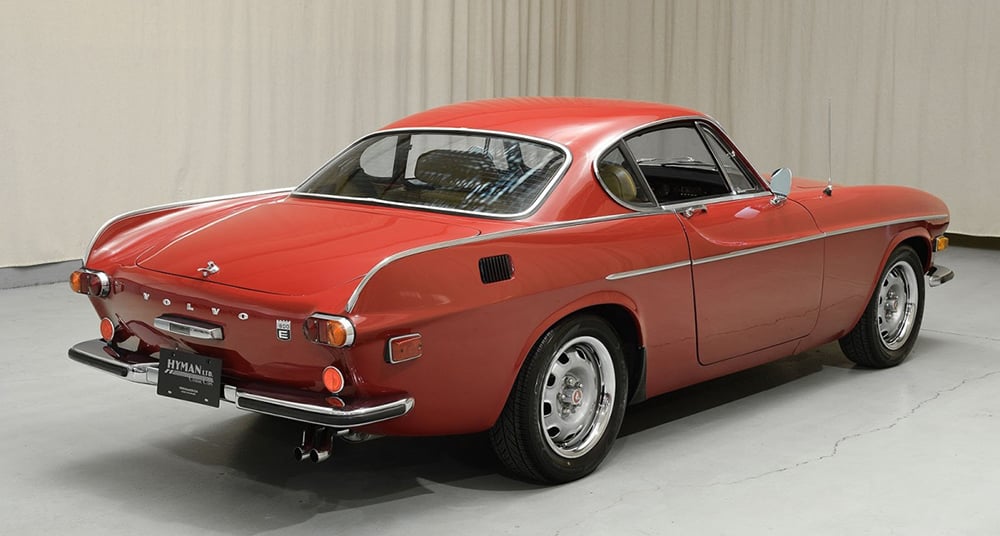
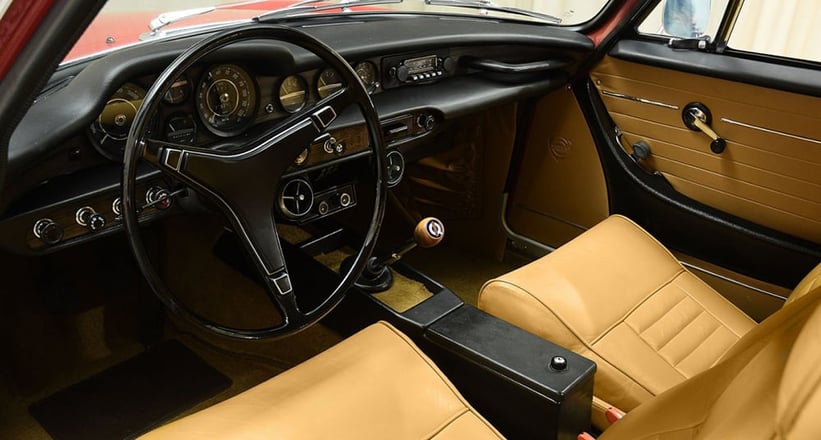
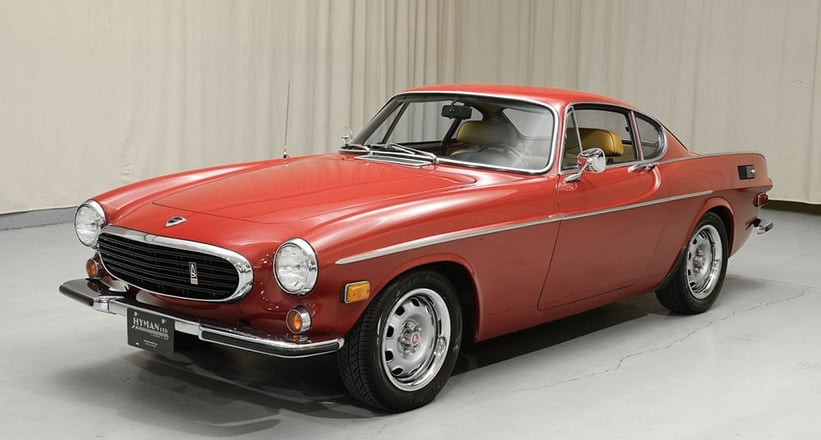
By the mid-1950s, Volvo’s attempts to enter the P1900 into the European sports car market had been in vain. In 1957, it revealed its second attempt: the P1800. Frua in Italy was contracted to design the body and its employee, product designer Pelle Peterson, was charged with balancing Scandinavian rationalism with Italian emotion. From 1961 to ’63, it was incidentally built at Jensen Motors’ plant in England – only later was production returned to its quality conscious native home.
It’s complicated
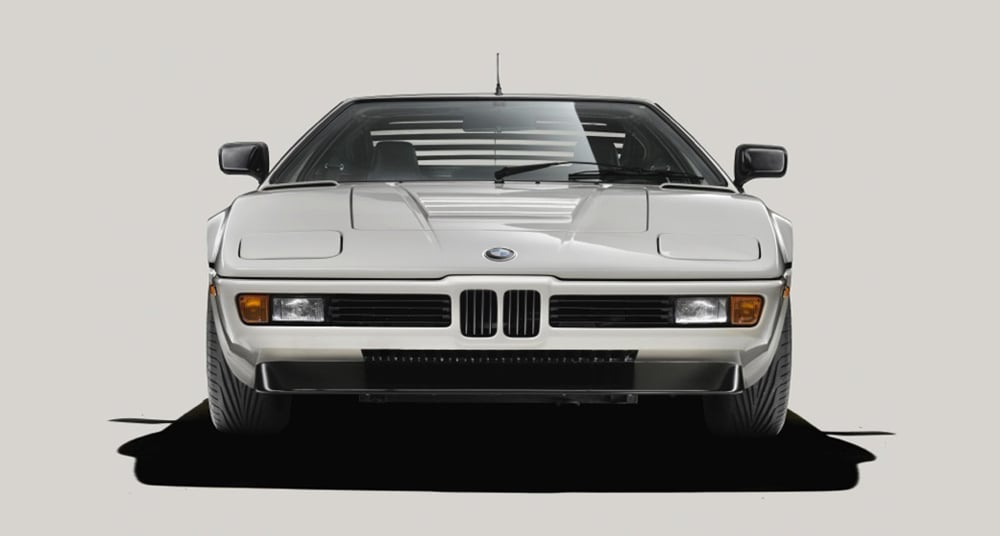
After BMW’s French design chief Paul Braque had presented his futuristic ‘Turbo’ vision in 1972, the Italian designer Giorgetto Giugiaro was entrusted with the ‘objectification’ of the mid-engined project. The wedge-shaped M1 was originally intended to be built at Lamborghini’s factory in Sant’Agata, but it turned out the Italian manufacturer had bitten off a little more than it could chew. So production was moved to Baur in Stuttgart, where it resumed until 1981. The Bavarian company’s headquarters might have only been in Munich, but the engineers only had to look longingly south across the Alps to see the M1’s spiritual home. That’s what made BMW the most Italian of all German brands.
Once across Europe
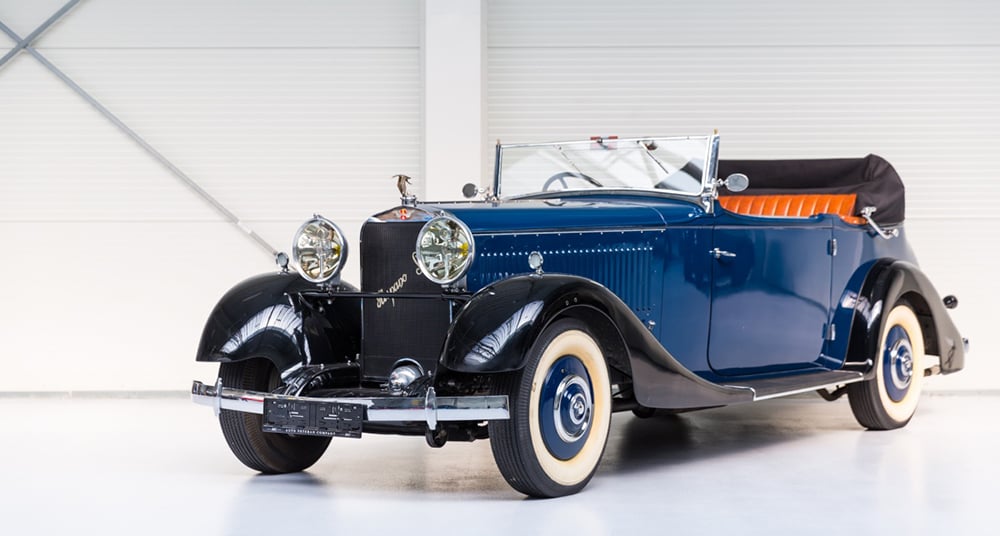
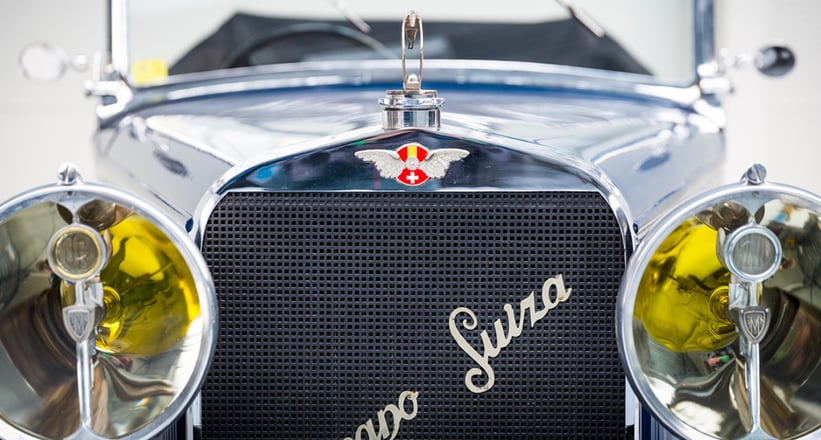

The European automotive industry’s most creative period was, without doubt, the so-called ‘coach-building era’, which reached its peak in the 1930s and, ultimately, gave way to mass production in the 1950s. At that time, almost every European country had a prestigious car-body manufacturer, whose clientele was as international as the cars it was dressing. The cosmopolitan brand of the time was, as its name suggests, Hispano-Suiza. Founded in Barcelona in 1904 and operated under the technical supervision of the Swiss engineer Marc Birkigt, the company soon moved to France, where it would produce some of the most luxurious motorcars on not just the continent, but the planet. Alas, as the Second World War began to rage, so the dream of the grand, pan-European automobile died.

























